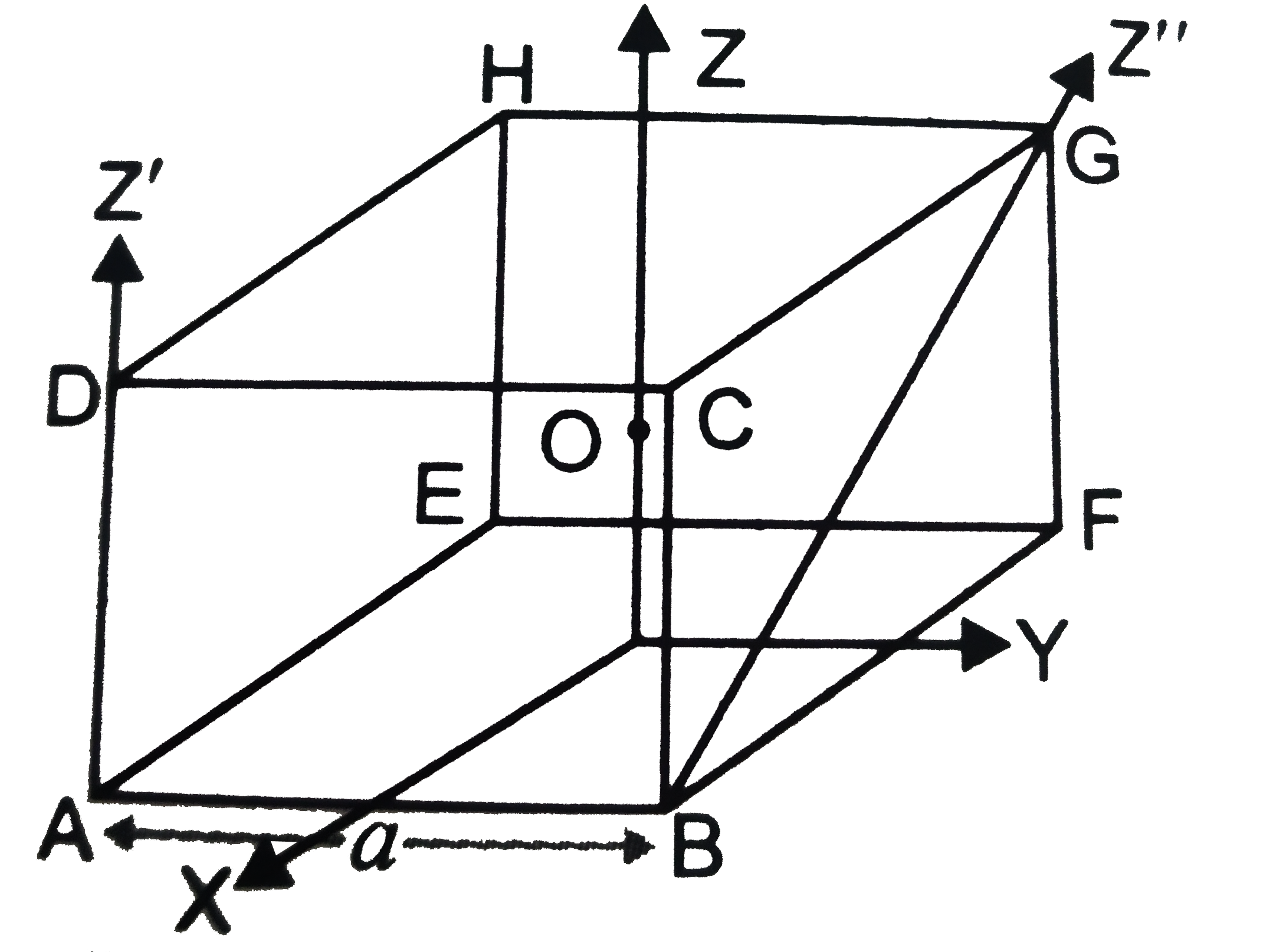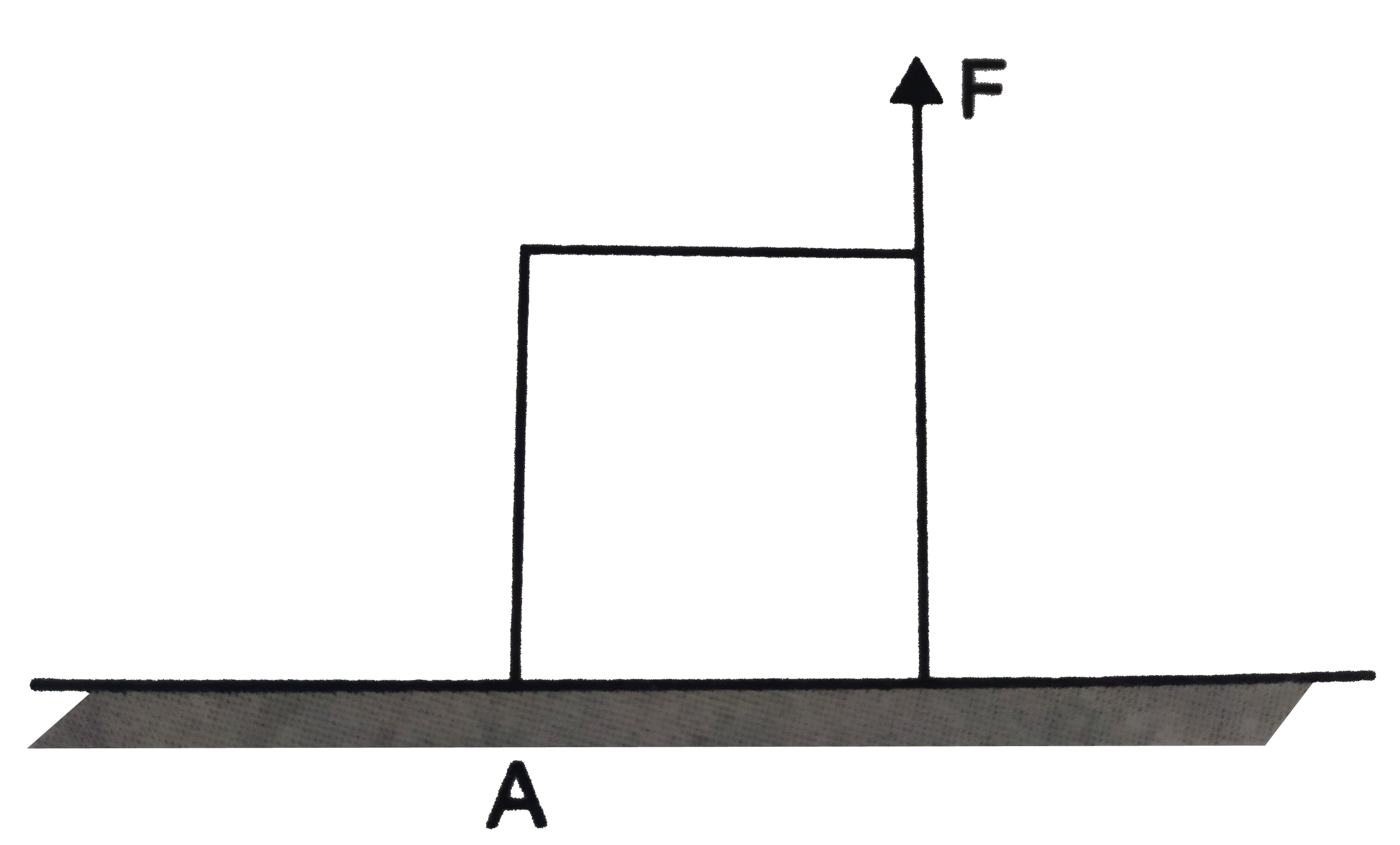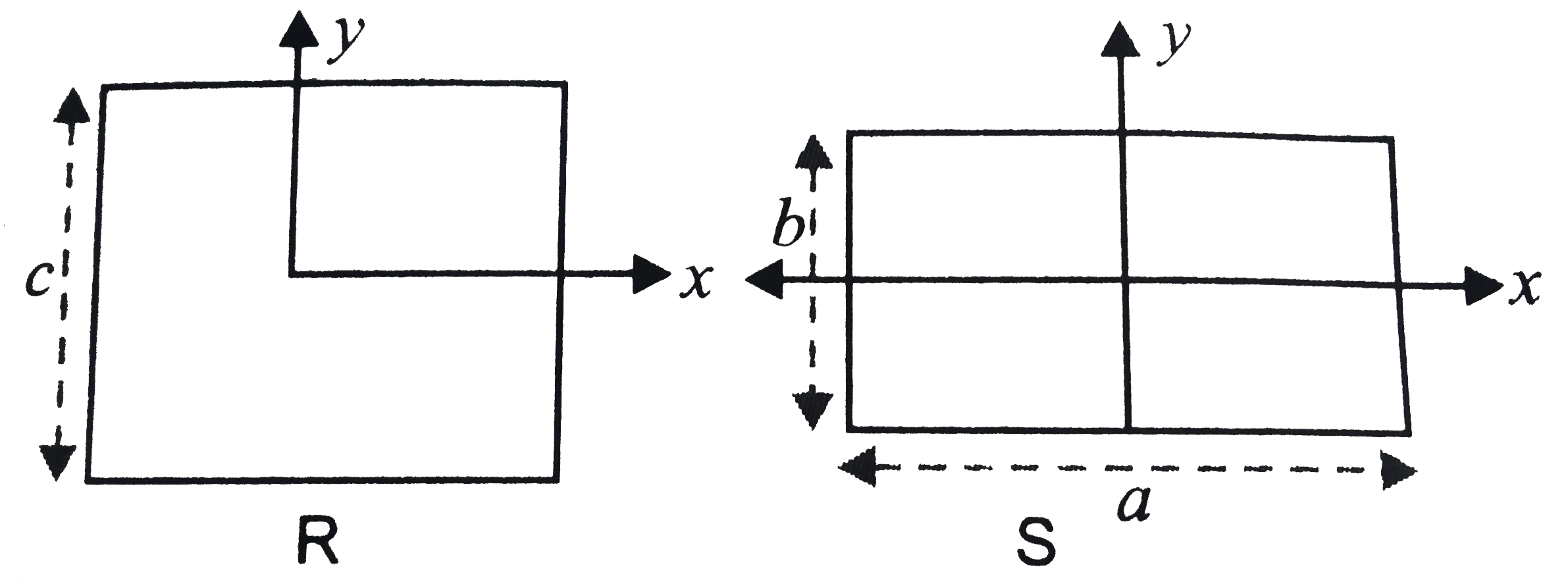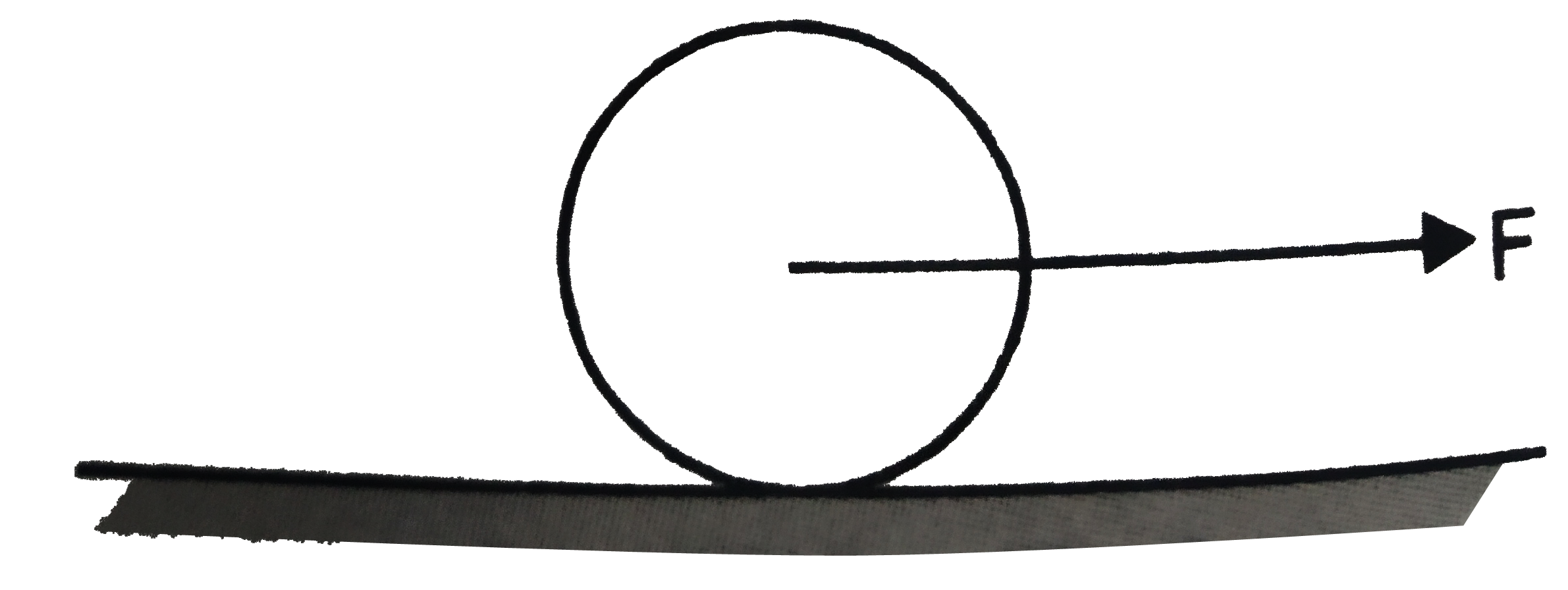Complete Solutions to NCERT based questions of chapter SYSTEM OF PARTICLES of Class 11 book with complete answers and questions
| Class 11 | PHYSICS |
| Chapter | SYSTEM OF PARTICLES |
| NARAYANA | NCERT based questions |
| Number Of Questions | 15 |
| Academic Year | 2023-24 |
A particle of mass `m` is moving in yz-plane with a unifrom velocity `v` with its trajectory running parallel to +ve y-axis and intersecting z-axis at `z = a` Fig. The change in its angular momentum about the origin as it bounces elastically from a wall at y = constant is :

View SolutionWhen a disc rotates with uniform angular velocity, which of the following is not true ?
View SolutionA unifrom square plate has a small piece `Q` of an irregular shape removed and glued to the centre of the plate leaving a hole behind [Fig.] The moment of inertia about the z-axis is than

View SolutionThe density of a non-uniform rod of length `1m` is given by `rho (x) = a (1 + bx^(2))`
where a and b are constants and `0 le x le 1`.
The centre of mass of the rod will be at
View SolutionA Merry -go-round, made of a ring-like plarfrom of radius `R and mass M`, is revolving with angular speed `omega`. A person of mass `M` is standing on it. At one instant, the person jumps off the round, radially awaay from the centre of the round (as see from the round). The speed of the round after wards is
View SolutionChoose the correct alternatives :
View SolutionFigure shows two identical particles `1` and `2`, each of mass `m`, moving in opposite directions with same speed `vec V` along parallel lines. At a particular instant, `vec r_1` and `vec r_2` are their respective position vectors drawn from point `A` which is in the plane of the parallel lines. Which of the following is the correct statement ?
 .
.
View SolutionThe net external torque on a system of particles about an axis is zero. Which of the following are compatible with it ?
View SolutionFigure shows a lamina in `x-y` plane. Two axes `z` and `z'` pass perpendicular to its plane. A force `F` acts in the plane of lamina at point `P` as shown. Which of the following statements is incorrect ?
(The point `P` is closer to `z'-axis` than the z-axis).
 .
.
View SolutionWith reference to Fig. of a cube of edge a and mass m, state whether the following are true or false. (O is the centre of the cube.)

View SolutionA uniform cube of mass `m` and side a is placed on a frictionless horizontal surface. A vertical force `F` is applied to the edge as shown in Fig. Match the following (most appropriate choice) :
(a)`mg//4 lt F lt mg//2` (i) Cube will move up.
(b) `F gt mg//2` (ii) Cube will not exhibit motion.
(c ) `F gt mg` (iii) Cube will begin to rotate and slip at `A`.
(d) `F = mg//4` (iv) Normal reaction effectively at `a//3` from A, no motion.

View Solution`(n - 1)` equal point masses each of mass `m` are placed at the vertices of a angular n-polygon. The vacant vertex has `a` position vector `a` with respect to the centre of the polygon. Find the position vector of centre of mass.
View SolutionFind the centre of mass of a unifrom (a) half-disc,(b) quarter-disc.
View SolutionA uniform square plate `S (side c)` and a unifrom rectangular plate `R(side b,a)` have identical areas and mass [Fig.]
Show that
(i) `I_(xR)//I_(xS) lt 1`, (ii) `I_(yR)//I_(yS) gt 1`, (iii) `I_(zR)//I_(zS) gt 1`.

View SolutionA unifrom disc of radius `R`, is resting on a table on its rim. The coefficient of friction between disc and table is `mu` Fig. Now the disc is pulled with a force `F` as shown in the Fig. What is the maximum value of `F` for which the disc rolls without slipping ?


View Solution
NCERT based questions questions and complete solutions for chapter SYSTEM OF PARTICLES of NARAYANA PHYSICS (HINGLISH) of Class 11